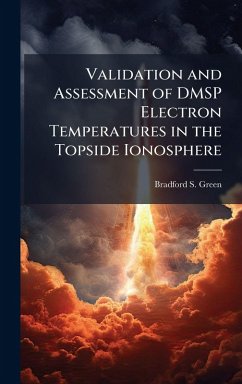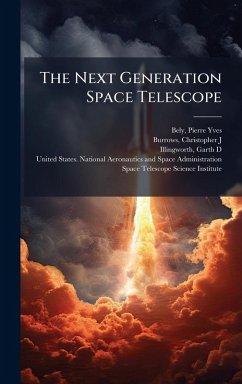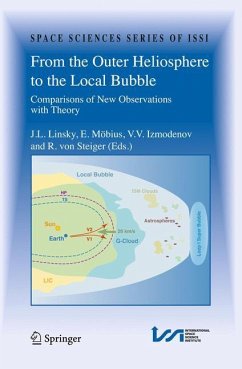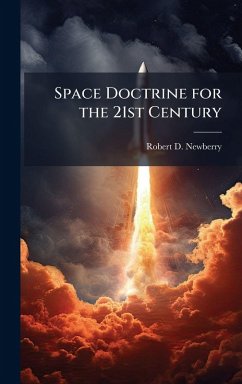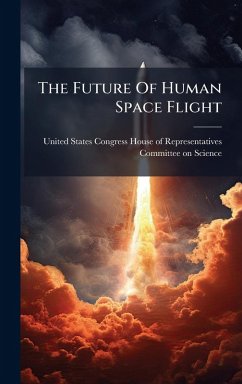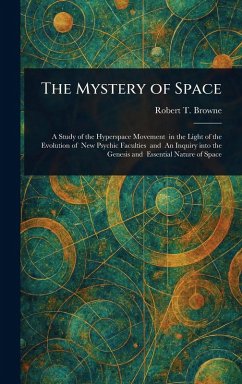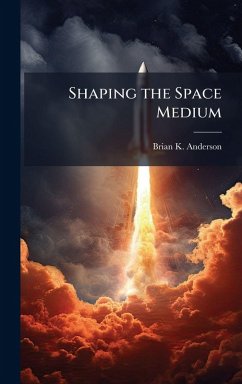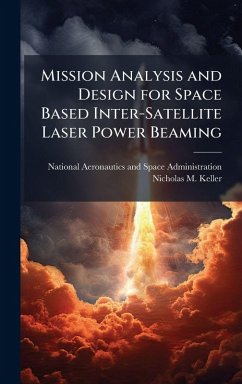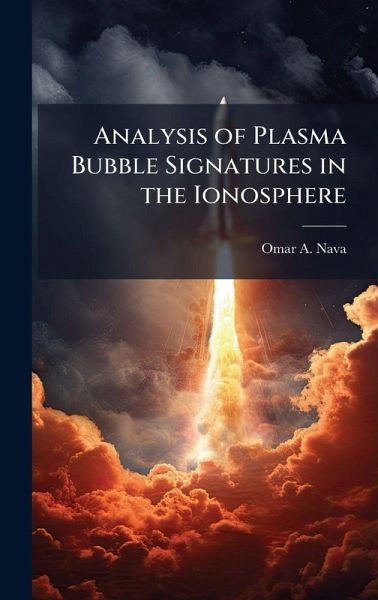
Analysis of Plasma Bubble Signatures in the Ionosphere
Versandkostenfrei!
Versandfertig in über 4 Wochen
28,99 €
inkl. MwSt.
Weitere Ausgaben:

PAYBACK Punkte
14 °P sammeln!
Plasma bubbles are large scale structures of depleted plasma density in Earth's ionosphere that disrupt radio and satellite communications, to include global navigation satellite systems. This study used the Ionospheric Forecast Model (IFM) to analyze affected look angles and total electron content (TEC) differences due to plasma bubbles of various sizes for 27 geophysical conditions consisting of different seasons and levels of solar and geomagnetic activity at 421 GPS ground stations worldwide. Overall, different geographic locations and plasma bubble configurations produced different affect...
Plasma bubbles are large scale structures of depleted plasma density in Earth's ionosphere that disrupt radio and satellite communications, to include global navigation satellite systems. This study used the Ionospheric Forecast Model (IFM) to analyze affected look angles and total electron content (TEC) differences due to plasma bubbles of various sizes for 27 geophysical conditions consisting of different seasons and levels of solar and geomagnetic activity at 421 GPS ground stations worldwide. Overall, different geographic locations and plasma bubble configurations produced different affected look angle profiles. Bigger plasma bubbles, larger density depletion factors, higher levels of solar activity and the equinoctial months resulted in greater slant TEC differences and, hence, greater communication problems. The results of this study not only improved the accuracy of the Air Force's operational ionospheric model and space weather forecasting capability, but also provided military leaders with a clear picture of the expected plasma bubble impacts to communications reliability when planning and executing military operations from the strategic to tactical level. This work has been selected by scholars as being culturally important, and is part of the knowledge base of civilization as we know it. This work was reproduced from the original artifact, and remains as true to the original work as possible. Therefore, you will see the original copyright references, library stamps (as most of these works have been housed in our most important libraries around the world), and other notations in the work. This work is in the public domain in the United States of America, and possibly other nations. Within the United States, you may freely copy and distribute this work, as no entity (individual or corporate) has a copyright on the body of the work. As a reproduction of a historical artifact, this work may contain missing or blurred pages, poor pictures, errant marks, etc. Scholars believe, and we concur, that this work is important enough to be preserved, reproduced, and made generally available to the public. We appreciate your support of the preservation process, and thank you for being an important part of keeping this knowledge alive and relevant.



